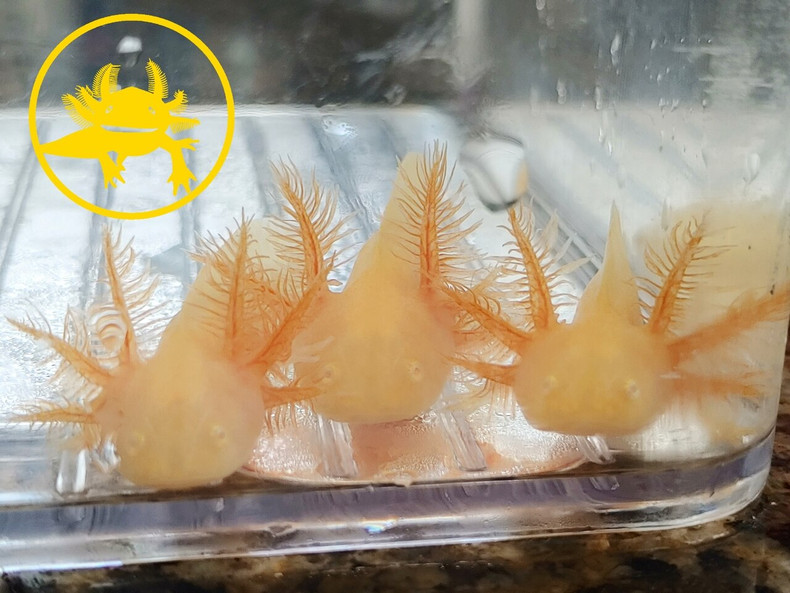Bringing an axolotl into your home is like having a magical creature from the depths of Mexico's waters as your pet. These fascinating amphibians require specialized care to thrive in captivity. In this article, we will provide a comprehensive guide on how to care for an axolotl, ensuring their health, happiness, and longevity in your aquarium.
1. Setting Up the Ideal Habitat: Creating a suitable environment is crucial for your axolotl's well-being. Start with a spacious tank, preferably a minimum of 20 gallons for a single axolotl, with an additional 10 gallons for each additional axolotl. Avoid tall tanks as axolotls are not skilled climbers. Provide a substrate of fine sand or smooth gravel to prevent accidental ingestion. Axolotls are sensitive to light, so use a low-wattage aquarium light or provide hiding spots with decorations and plants to create a dimly lit space.
2. Water Conditions: Maintaining proper water parameters is vital for axolotl health. Keep the water temperature between 60°F and 68°F (15°C to 20°C) as they thrive in cooler temperatures. A submersible heater or a fan can help regulate the temperature. Invest in a reliable water filter to keep the tank clean, but ensure the filter's flow rate is gentle to prevent stressing the axolotl. Regularly test the water for ammonia, nitrite, nitrate, and pH levels to ensure optimal water quality.
3. Feeding and Nutrition: Axolotls are carnivorous and primarily eat live or frozen foods. Offer them a varied diet of high-quality, aquatic-based protein sources, such as brine shrimp, daphnia, and small earthworms. Salmon Pellets also are a good protein source to feed them occasionally. Avoid feeding them flakes designed for fish, as axolotls have specific dietary requirements. Feed your axolotl small portions two to three times a week, adjusting the amount based on their size and appetite. Remove any uneaten food to maintain water quality.
4. Handling and Interaction: Axolotls are delicate creatures with sensitive skin. Minimize handling them as much as possible to prevent stress and damage to their skin. If you need to handle your axolotl, wet your hands first to avoid removing their protective slime coat. Gently scoop them up from below, supporting their body fully. It's best to observe them from outside the tank, appreciating their unique behavior and fascinating movements.
5. Tank Maintenance: Regular tank maintenance is essential for keeping your axolotl healthy. Perform partial water changes of about 20% every one to two weeks to maintain water quality. Use a siphon to remove debris from the substrate without disturbing your axolotl. Clean the filter regularly, following the manufacturer's instructions. Monitor the water temperature, pH levels, and other parameters regularly to ensure they remain within the appropriate range.
6. Health Monitoring: Watch for signs of a healthy axolotl, which include bright, alert eyes, responsive behavior, and a smooth, undamaged skin. Be vigilant for any indications of health issues, such as skin lesions, unusual color changes, bloating, or changes in appetite. If you notice any concerning signs, consult a veterinarian with experience in amphibian care as soon as possible.
Conclusion: Caring for an axolotl requires attention to detail and a commitment to creating the ideal aquatic environment. By providing a suitable habitat, maintaining water quality, offering a nutritious diet, and respecting their delicate nature, you can ensure the well-being of these enchanting creatures. Remember, as responsible keepers, we play a crucial role in safeguarding the future of these unique amphibians and their incredible abilities to captivate us with their otherworldly charm.
Check out live axolotls for sale at www.TheMottledLotl.com

